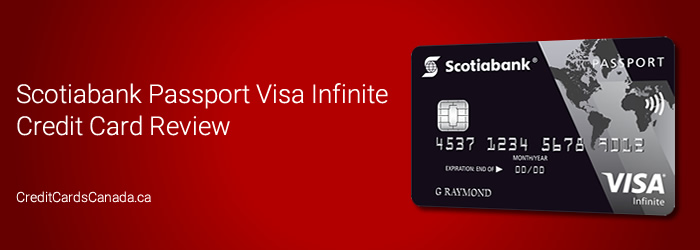The Bank of Canada Interest Rate Announcement and How it Affects Borrowers
Posted June 10, 2014 in Economy, News
Bank of Canada Building by dneuman
Homeowners with variable rate mortgages can breathe a sigh of relief. The Bank of Canada has decided once again to keep the overnight lending rate at 1 per cent. This marks the 30th time in a row Canada’s central bank has left the key interest rate unchanged. In fact, this is the longest stretch in Canadian history interest rates have remained the same.
The Bank of Canada finds itself between a rock and a hard place. Although inflation is approaching the two per cent target rate sooner than expected, economic growth remains weak (the longer-than-usual winter didn’t help), unemployment remains high at seven per cent nationally, and household debt levels remain an area of concern.
If you’re the average Canadian, you’re probably wondering why the overnight lending rate matters to you. As you’ll soon find out, the overnight lending rate has a far-reaching effect that can even affect credit card borrowers.
What is the Overnight Lending Rate?
The overnight lending rate is often referred to by the Bank of Canada as the key interest rate or key policy rate. This rate is important because it’s the rate the Bank of Canada uses to carry out monetary policy. The overnight lending rate is the rate financial institutions use to borrow and lend one-day funds between each other.
The Bank of Canada has a set schedule of eight announcements of interest rates per calendar year. The overnight lending rate is influenced by several factors including economic growth, inflation, exports, consumer debt, and more.
Why Interest Rates Matter
A change in the overnight lending rate would have a trickle-down effect felt throughout the Canadian economy. Although financial institutions set their own prime rate, it’s based on the overnight lending rate, plus a spread. For example, prime rate at most financial institutions today is 3 per cent (the overnight lending rate plus a 2 per cent spread).
If prime rate were to increase, the cost of borrowing for debt tied to prime rate would also increase. Debt tied to prime rate includes variable rate mortgages, lines of credit, personal loans, car loans, RRSP loans, floating rate student loans, and some credit cards.
How Prime Rate Affects Credit Card Interest
As a cardholder it’s crucial to review your credit card agreement. Depending on your credit card, the interest rate you pay may be variable rate and based on prime rate. For example, on the RBC Royal Bank Credit Card Agreement under the heading “Standard Annual Fees, Grace Periods and Annual Interest Rates,” it says the following:
“Your current annual interest rate or rates are set out on your monthly statement. It may be a different fixed rate from the standard interest rate shown in the chart below or a variable rate based on our Prime Rate.
If your interest rates are variable rates calculated by adding a fixed percentage to our Prime Rate, they will vary as that Prime Rate varies. The Prime Rate in effect on the first business day of the month in which we prepare your monthly statement will apply for the entire statement period. The Prime Rate portion of your variable rate will be restricted to a maximum of 9%, no matter how high our Prime Rate may be. The Prime Rate is the annual rate of interest we announce from time to time as a reference rate then in effect for determining interest rates on Canadian dollar commercial loans in Canada. It can be found online at www.rbcroyalbank.com/rates.
We will give you at least 30 days written notice of any increase of your standard interest rate (other than increases because of an increase of our Prime Rate).”
If you’re carrying a balance on your credit card with variable rates, an increase in prime rate will mean your credit card interest rates will increase, as well. You’ll incur even more interest and it will take you even longer to pay off your outstanding credit card debt – ouch!
The Bottom Line
If you have debt tied to prime rate, you should keep a close eye on the overnight lending rate. Any increase in the overnight lending rate will likely lead to an increase in prime rate. For example, if you have a line of credit at prime rate plus 1 per cent, today you’ll pay 4 per cent interest with a prime rate of 3 per cent, but if prime rate goes up by 25 basis points, you’ll suddenly find yourself paying 4.25 per cent. As a borrower you should know any debt that’s tied to variable rate and consider locking-in if you anticipate a steep jump in the overnight lending rate.




